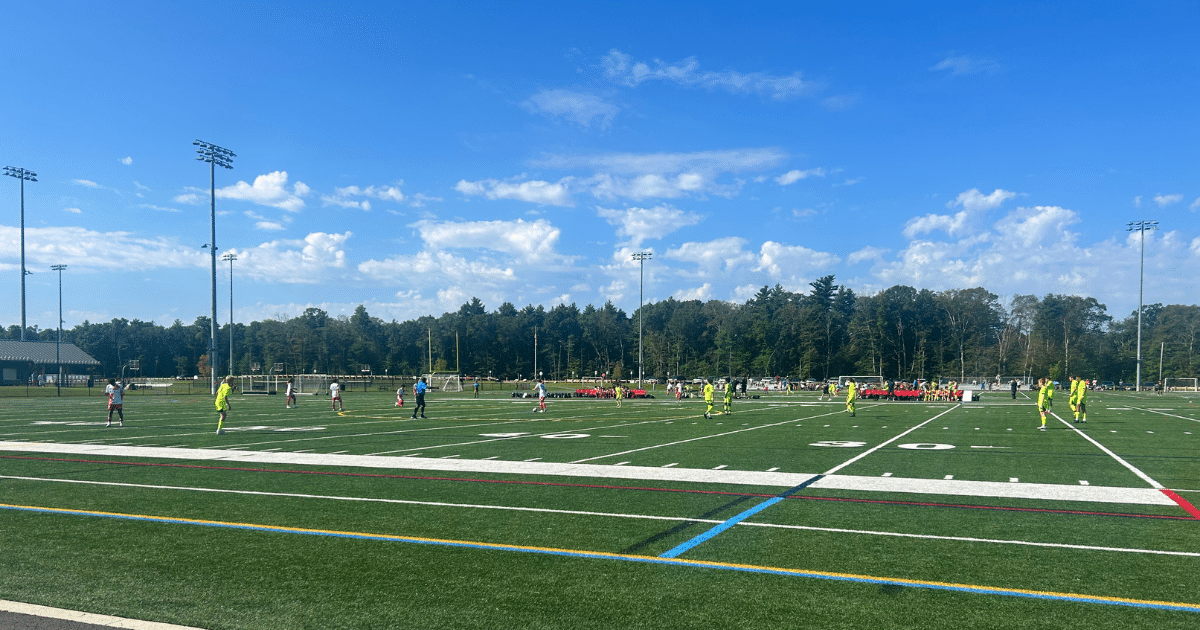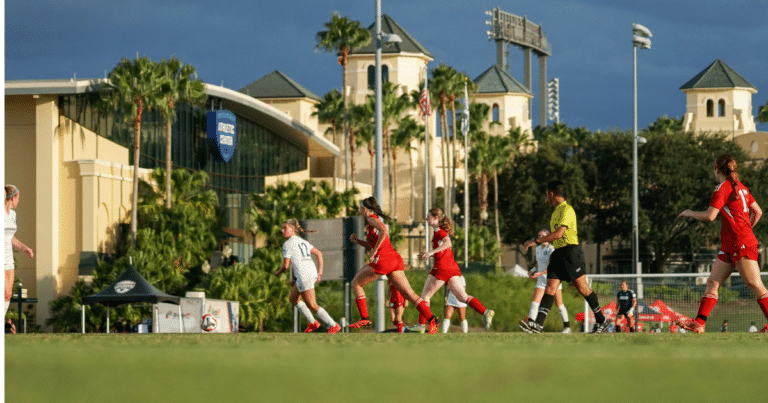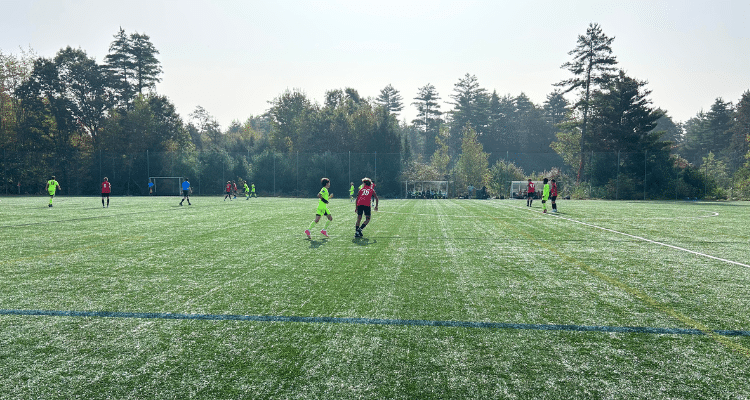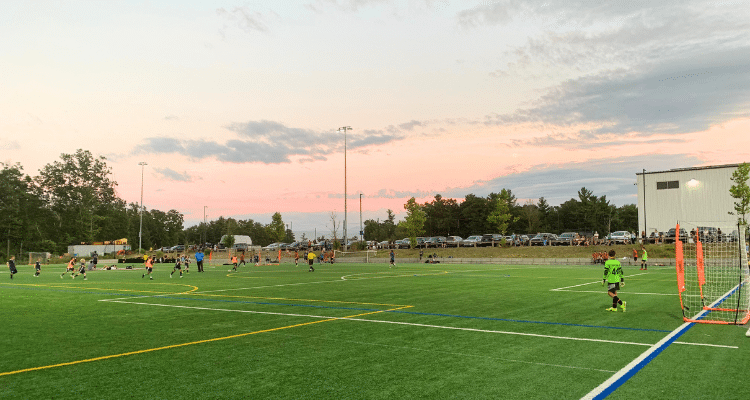Understanding the Right Wing Back (RWB) in Soccer

A Right Wing Back (RWB) is a dynamic soccer position that combines defensive duties with attacking responsibilities, serving as a hybrid between a traditional defender and midfielder on the right side of the field.
TL;DR:
What Makes RWB Different from RB?
While a Right Back (RB) primarily focuses on defense, the RWB has license to venture forward regularly.
In my opinion, this evolution of the position has made soccer more exciting and dynamic, creating new tactical possibilities for teams.
Key Responsibilities on the Field
The RWB position demands exceptional stamina and tactical awareness. These players must:
- Track back to defend against opposition wingers
- Make overlapping runs to support attacks
- Deliver accurate crosses into the penalty area
- Communicate effectively with both defenders and midfielders
The Tactical Revolution
The emergence of the RWB position has transformed modern soccer formations.
I believe the position’s versatility has made the 3-5-2 and 3-4-3 formations increasingly popular, as teams can seamlessly transition between defensive stability and attacking threat.
Especially at the youth level, a fast and athletic RWB can make a huge difference.
Famous RWB Players
The position has been graced by legendary players who’ve defined its evolution:
- Cafu: The Brazilian legend played as a right-back for most of his career, but he also played as a RWB for Brazil’s national team. Cafu is widely regarded as one of the best full-backs of all time, and he won two World Cups with Brazil in 1994 and 2002.
- Phillip Lahm: The German defender played as a RWB for Bayern Munich and the German national team. Lahm was known for his versatility and intelligence on the pitch, and he helped Germany win the 2014 World Cup.
- Trent Alexander-Arnold: The Liverpool defender has become one of the best RWBs in the world in recent years. Alexander-Arnold is known for his crossing ability and creativity going forward, and he helped Liverpool win the Premier League in 2020.
- Dani Alves: The Brazilian defender played as a RWB for most of his career, and he is widely regarded as one of the best attacking full-backs in history. Alves won numerous titles with Barcelona and PSG, and he helped Brazil win the 2019 Copa America.
- Hector Bellerin: The Arsenal defender has played as a RWB for much of his career, and he is known for his pace and energy going forward.
What’s the Impact on Youth Soccer?
At the youth level, the RWB position emphasizes technical development and tactical understanding.
Young players in this role learn both defensive positioning and attacking movement, making it an excellent position for developing well-rounded soccer skills.
As formations adjust, coaches can move RWB up or back depending on what the team needs.
The Future of the Position
As soccer continues to evolve, RWBs are becoming increasingly important in breaking down organized defenses.
Their ability to create numerical advantages and provide width makes them crucial in modern tactical systems.
The position requires versatility. It needs a player who can be solid defensively and can be dynamic offensively. Is this you?

Written By: SoccerNovo
SoccerNovo is an independent youth soccer media brand built to help parents, players, and coaches better understand the game and the pathways available in U.S. soccer. Our mission is to make youth soccer simpler, clearer, and more accessible for everyone involved in it.
Let’s connect





